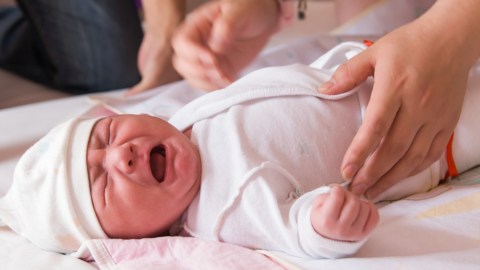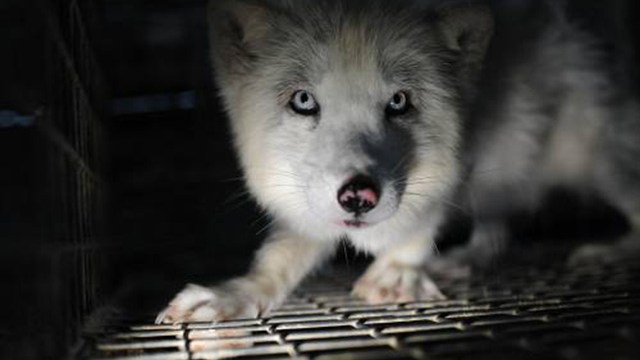China’s Next Manufacturing Challenge – Children

China is a manufacturing powerhouse. However, the middle kingdom has a new manufacturing challenge – can it produce enough children to change a demographic destiny that may threaten its future economic development?
China’s Central Committee relaxed the decades old ‘one child, one family’ policy instituted when China’s leadership perceived uncontrolled population growth as a threat to economic vitality, resources (including food) and ultimately stability. The policy was such a success that China’s fertility rate – average number of children per female – dropped far below the population replacement rate of 2.1 to 1.6 children per female rivaling some of fastest aging countries in southern Europe. The policy was a ‘success’ but with possible unanticipated social and economic consequences.
Demographic projections suggest that the world’s most populous country is already on track for a workforce shortage. A decline in China’s working age adult population was not projected to occur until sometime after 2020. However, the future is already here – the decline in working age Chinese began in 2011. In fact the robotics industry forecasts that China will be the #1 buyer of automation and factory robots to support older workers and to compensate for fewer younger people on the nation’s assembly lines.
There may be fewer children but there is a burgeoning aging population. Prematurely mirroring industrialized nations, a still developing China is facing a record high dependency ratio – working age adults to elderly. Today there are nearly 13 older adults for every 100 working age Chinese. By 2050 the United Nations forecasts that the China’s dependency ratio – non-working to working age people – will jump to 39 dependents compared to the United States, which will have 35. Leading the gray wave is Europe, which will average 46 per 100 working adults. So few children and so many older adults has compelled China’s government to make visiting and caring for parents a law. Tending to mom and dad’s emotional and financial needs is more than simply being a good adult child, failure to make regular visits will result in fines or possibly detention.
Perhaps most stunning is the forecast that China will be a nation in midlife crisis by 2050. United Nations data indicates that today the United States’ median age is about 37 years old compared to China which is a youthful 34 years old. By 2050, the median age of the United States is projected to be about 40 compared to China’s median age of nearly 49 years old.
Policymaking is about what a policy symbolizes as much as what it purports to do. The relaxation of the one child, one family policy may signal a relaxation in government control of what may be the most personal choice a family can make. The question remains will the policy result in a higher fertility rate altering or at least changing the slope line of China’s aging society? Not necessarily.
Simply giving the green light to have more children may not provide incentive enough to have more children. Lessons from Australia, Singapore, Japan and other aging low fertility nations suggest that policies to encourage families to have more children may have less than modest impact on birthrates. Once families have fewer children the new societal norm of smaller households is hard to change especially when young women have entered the job market in large numbers. Even Germany’s attempts to push its population growth rate into the positive – paying families $35,000 of childcare leave over a year – has not provided adequate incentive to German couples to produce more children.
China is facing the challenge that many developing economies, such as India, must address today to secure a vibrant social and economic future tomorrow – to get rich before they get old. Global population and sustainability issues aside, China’s policy change to encourage more births per family is an attempt to do more than to simply have more children, it is an attempt to buy more time.
Image by Shutterstock





